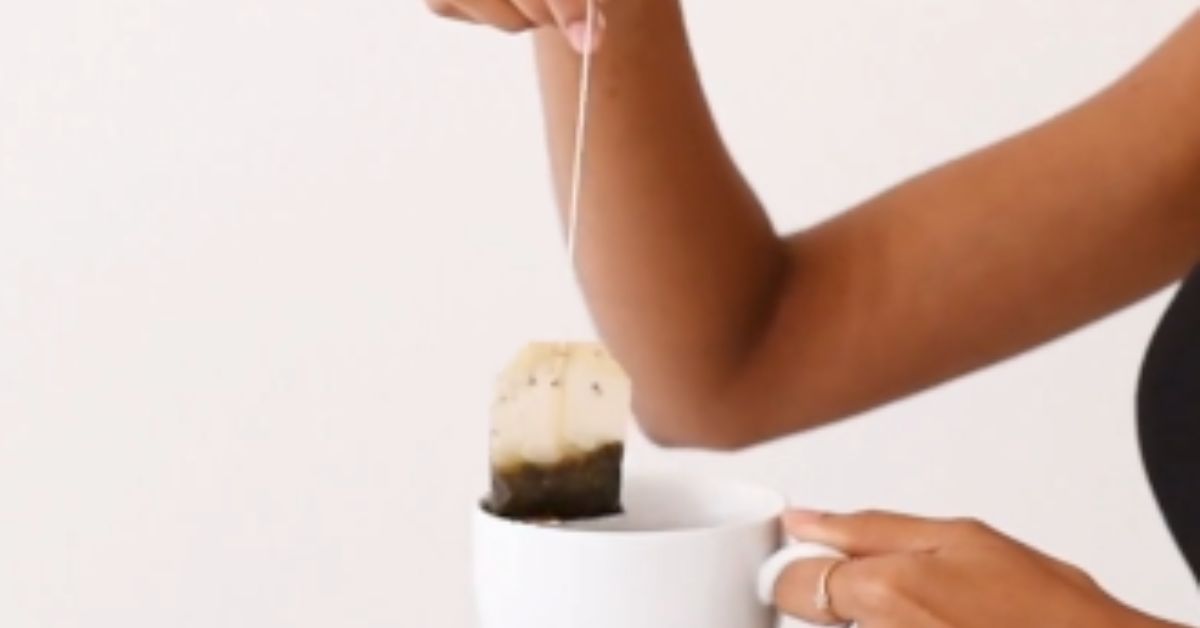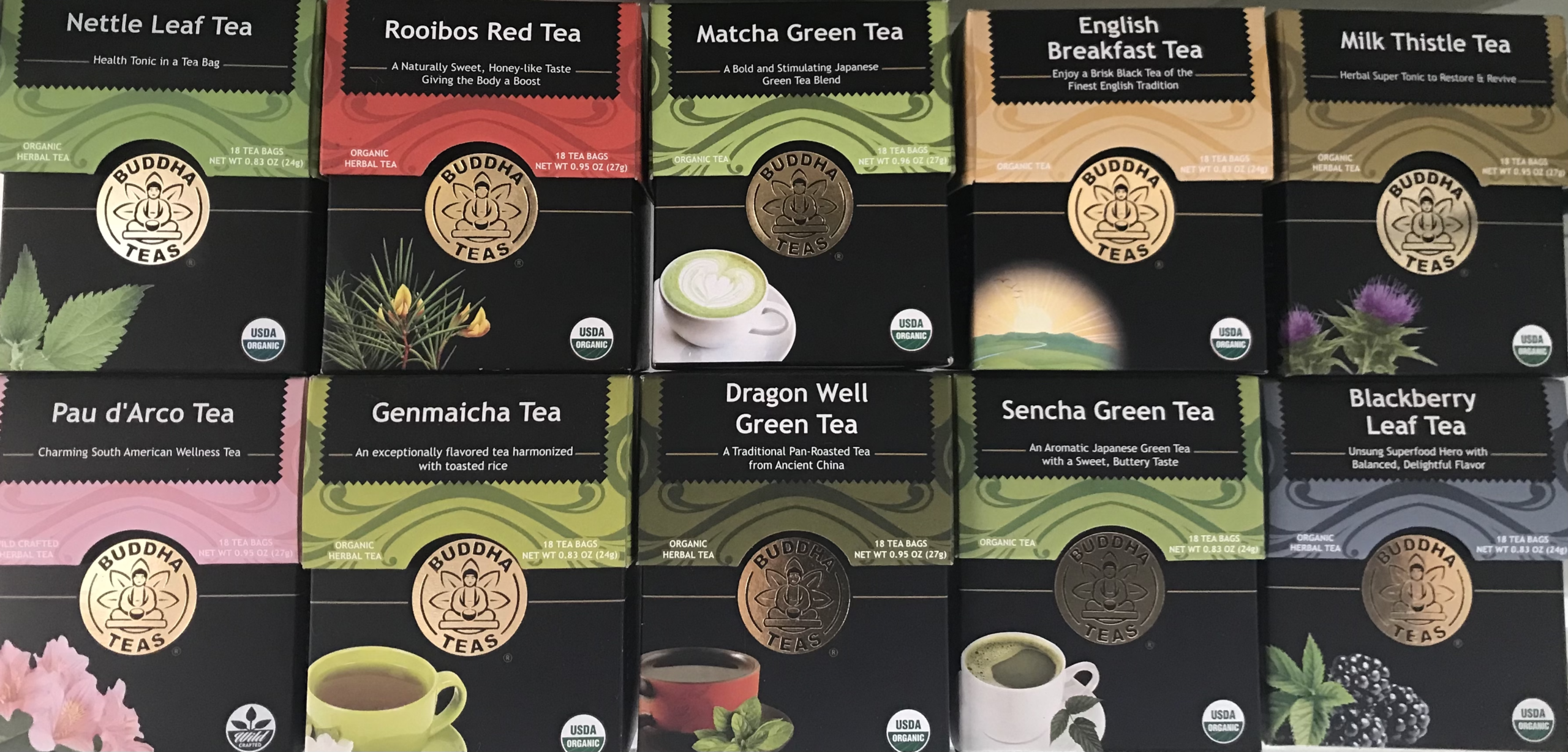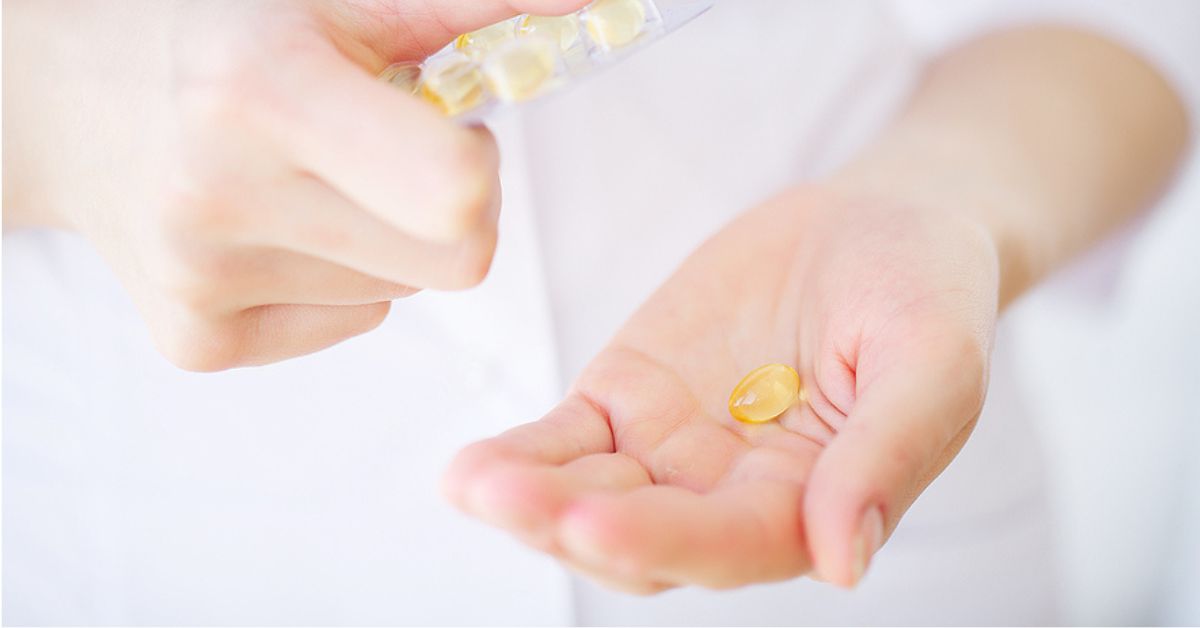Plastic in tea bags?! Yup, billions of particles PER CUP!
Billions of micro and nano-plastic particles are entering our bodies through tea bags!
Swap to PLASTIC ‘FREE’ TEA and REDUCE Your Toxin Exposure exponentially.
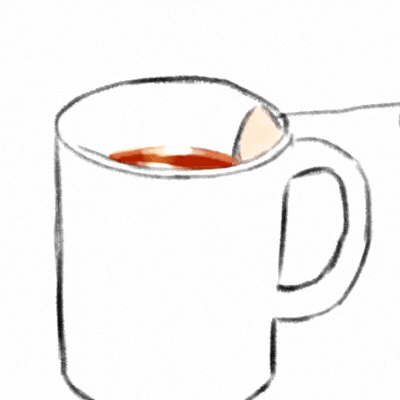
Plastic in tea bags?! STILL?!?
Unfortunately, yes,
Billions of micro and nano particles PER CUP!
Q: Why focus on swapping tea bags when many foods have plastic particles?

A: “…particles released from the teabag are several orders of magnitude higher than plastic loads previously reported in other foods”(1)
Tea drinkers are exposed multiple times throughout the day.
Plus, The SIMPLE Self Care Micro Decision to make the swap has mega benefit to your entire body.
Food grade Plastic used in teabags can cause damage to the endocrine system- linked to weight gain, cancer, digestive system issues… (2)(3)(4)(8)
Get updates from
The Simple Self Care Lifestyle
Plastic in tea bags?! Unfortunately yes.
In September 2019, researchers at McGill University found that a single one of these tea bags releases more than 11 billion microplastic and 3 billion nanoplastic particles when steeped in boiling water. (2) (bold and color added)
These billions of micro and nano-plastic particles are entering your body with each cup of tea.
It is known the micro and nano particles are causing damage to the human body. (5) (6) (7) (8)
When the market won’t keep us safe then it’s up to us to protect ourselves and our family.
Moving to PLASTIC ‘FREE’ TEA is an amazingly SIMPLE Self Care swap that’ll provide HUGE cumulative benefits for your body.

Below I’ve listed for you:
👉🏼 ‘Plastic FREE’ tea bag links.
👉🏼 Links to Loose tea. The SIMPLEST, most economical way to get rid of plastic.
👉🏼 A video snippet of how a tea bag is made and, of course
👉🏼 References and Resources for those who want to dig deeper.

👇🏼 Links to Plastic ‘FREE’ tea bags.
Tea bags are convenient. Especially:
- to keep in your pocket/purse/car
- at the office
- while out and about
- for travel
Here’s a photo of what’s on my shelf:
Multiple ORGANIC options of 🔗 Buddha Teas.
I order directly from Buddha site because it is definitely more economical than what I’ve found on the ‘big online companies. This Photo takes you to their site.
This 🔗link takes you to The Simple Self Care Quality Food Sources page.
UPDATE: I now check for Buddha Teas to order off Fullscripts first since I receive 15% off. You can too.

🔗 Below are 5 tea brands with Plastic FREE tea bags.
I wrote to many brands. These 5 responded, confirming their bags are:
Plastic Free,
Gluten-Free, &
Corn Free as well.
I personally use the top 2 on the list and have for years.
✓ 👉🏼BRANDS:
There are others that are plastic-free, like Good Earth, Teapigs, and T2 Tea, but their tea bags contain corn/corn starch which doesn’t happen to work for my family.
LOOSE TEA
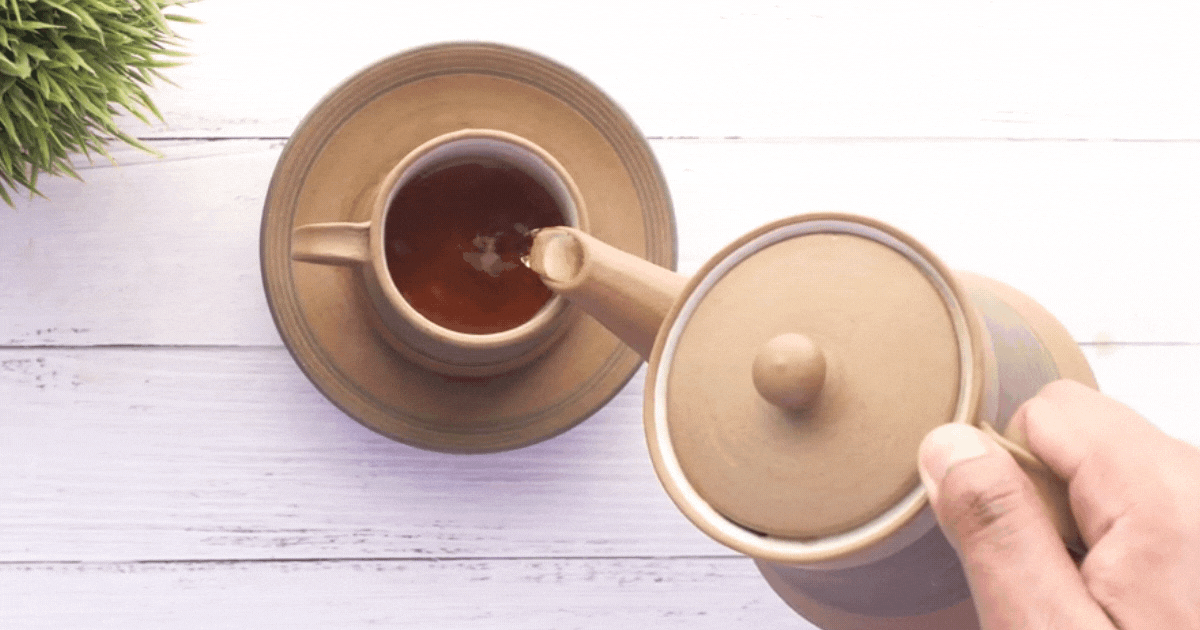
Loose tea can be the SIMPLEST, most economical Self Care swap.
Organic loose tea can be much more:
Economical
Palatable- you control the strength by the amount of tea leaves you use.
FUN!! You can mix leaves, making your own signature drink!
I use the organic teas that I’ve linked below for you.
Using loose tea eliminates the plastic from the tea bags altogether.
You can find a plethora of excellent organic brands these days. Which and what is in the loose tea is another excellent topic I will follow up on.
Here are the ones I use.
✓👉🏼 BRANDS:

Non-Toxic Tea Kettle, Infusers, Cups…
The Best Non-Toxic Tea Kettle, Teapot & Infusers using the safest materials. Links to products as well.
Feel, Look, LIVE better. The Simple Self Care Lifestyle
Email me your favorites, and I will add them! 💌 [email protected]
Self Care TIP: SWAP YOUR TEAS for Those without Plastic.
You’ll be making a SIMPLE Self Care Micro Decision that brings you exponential results!

It’s that Simple!
Today’s Simple Self Care TIP:
Swap tea bags for Plastic FREE bags and loose tea options.
The Micro Decision to make this Simple Self Care SWAP is efficient, effective, and will exponentially and positively impact ALL your body systems.

References that I’ve put together for you are below.
You might find this 👉🏼 Video snippet of how tea bags are made interesting.
BBC shows how typical tea bags are made.
Reducing Toxins One of Your Interests?
These 2 Post Categories May be of interest to you.
Post category
Healthy Home
Simple Swaps for Your Home
Post category
Reduce Toxins
Swap out everyday products
The Simple Self Care Lifestyle
THe simple self care lifestyle
Simplify
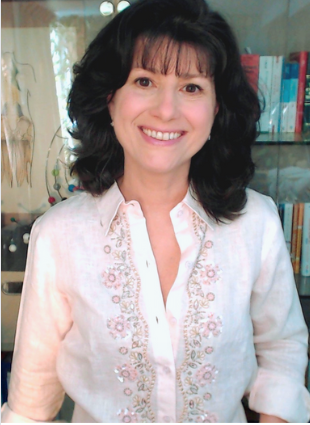
I’m glad you are here…
self care
Post categories

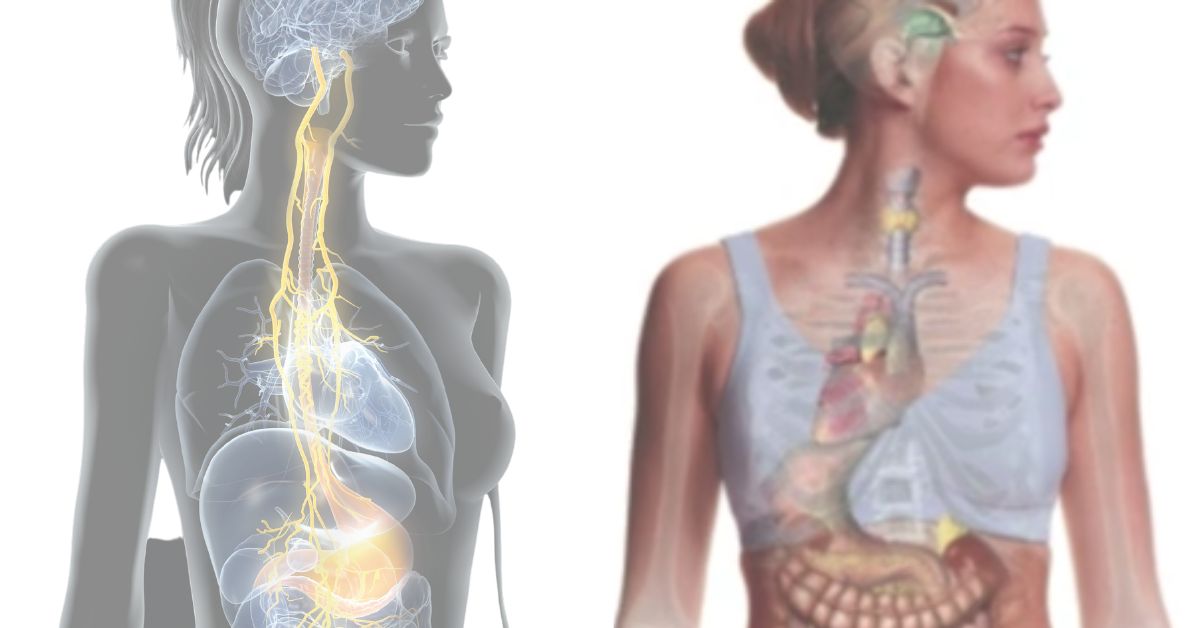
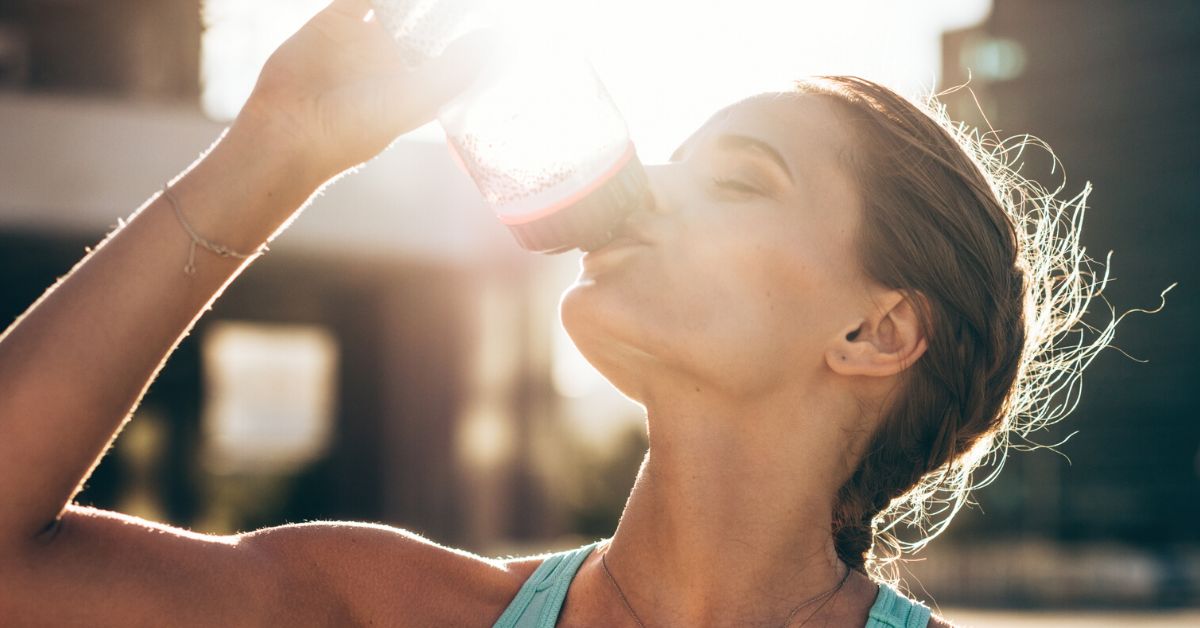
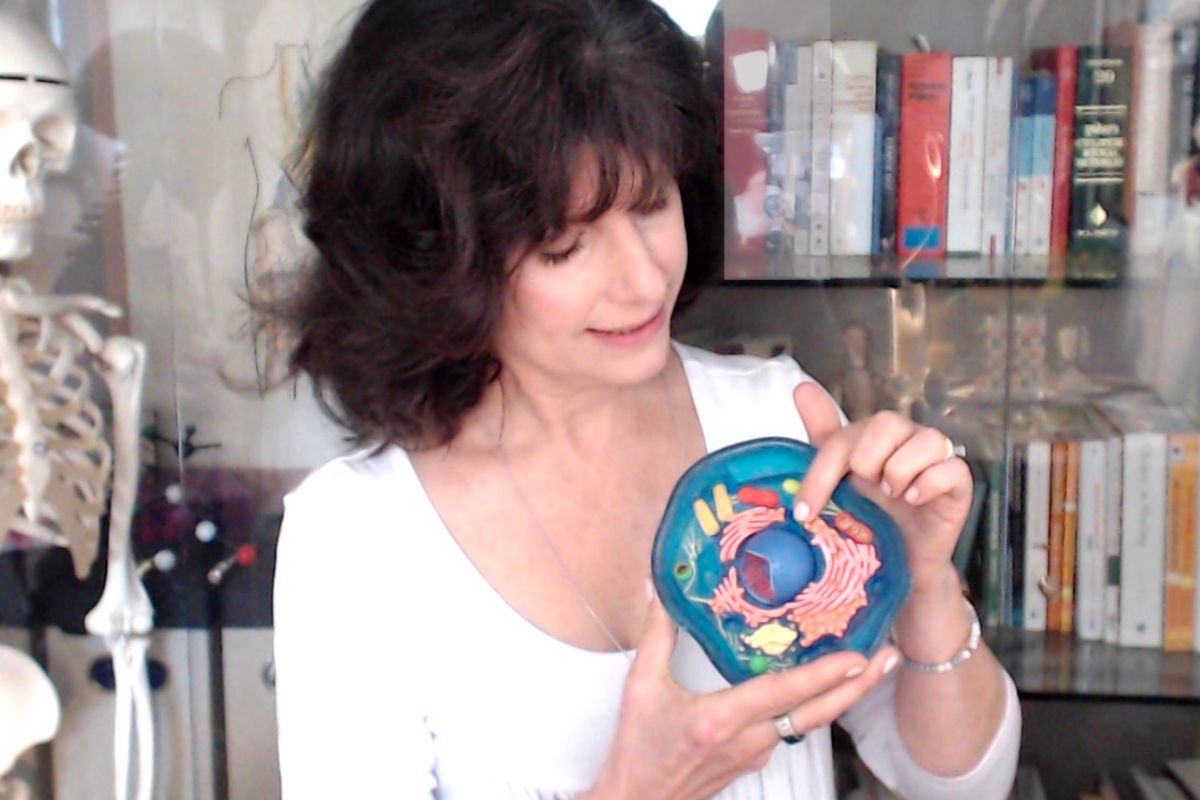

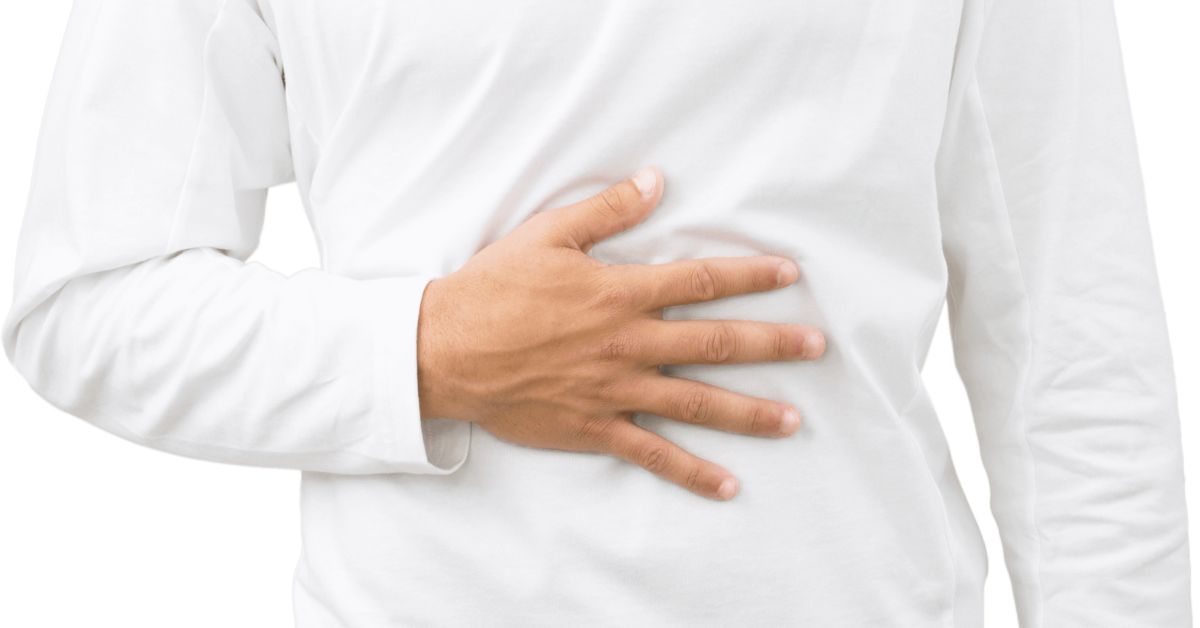
SHOP Products
Personal Products
Healthy Home
Quality Supplements
Things to Keep Handy
Quality Food Sources
Simple Self Care Programs
👉🏼 Linked References & Resources for you.
1. Qingrun Liu, Zhe Chen, Yulun Chen, Fangwei Yang, Weirong Yao, Yunfei Xie. Microplastics and Nanoplastics: Emerging Contaminants in Food. Journal of Agricultural and Food Chemistry 2021, 69 (36) , 10450-10468. https://doi.org/10.1021/acs.jafc.1c04199
2. Laura M. Hernandez, Elvis Genbo Xu, Hans C. E. Larsson, Rui Tahara, Vimal B. Maisuria, and Nathalie Tufenkji* “Plastic Teabags Release Billions of Microparticles and Nanoparticles into Tea.” ACS Publications, https://pubs.acs.org/doi/10.1021/acs.est.9b02540.
3. Darbre, Philippa D. “Endocrine Disruptors and Obesity.” Current obesity reports vol. 6,1 (2017): 18-27. doi:10.1007/s13679-017-0240-4
4 Rakesh Kumar, Camelia Manna, Shaveta Padha, Anurag Verma, Prabhakar Sharma, Anjali Dhar, Ashok Ghosh, Prosun Bhattacharya. Micro(nano)plastics pollution and human health: How plastics can induce carcinogenesis to humans?. Chemosphere 2022, 298 , 134267. https://doi.org/10.1016/j.chemosphere.2022.134267
5. Guoqiang Liu, Jian Wang, Mengjie Wang, Rongrong Ying, Xuwei Li, Zhewei Hu, Ya Zhang. Disposable plastic materials release microplastics and harmful substances in hot water. Science of The Total Environment 2022, 818 , 151685. https://doi.org/10.1016/j.scitotenv.2021.151685
6. Xi Yang, Yu Bon Man, Ming Hung Wong, Richard Bernhart Owen, Ka Lai Chow. Environmental health impacts of microplastics exposure on structural organization levels in the human body. Science of The Total Environment 2022, 825 , 154025. https://doi.org/10.1016/j.scitotenv.2022.154025
7. Huiwen Tan, Tongtao Yue, Yan Xu, Jian Zhao, Baoshan Xing. Microplastics Reduce Lipid Digestion in Simulated Human Gastrointestinal System. Environmental Science & Technology 2020, 54 (19) , 12285-12294. https://doi.org/10.1021/acs.est.0c02608
8. Liu X, Gharasoo M, Shi Y, Sigmund G, Hüffer T, Duan L, Wang Y, Ji R, Hofmann T, Chen W. Key Physicochemical Properties Dictating Gastrointestinal Bioaccessibility of Microplastics-Associated Organic Xenobiotics: Insights from a Deep Learning Approach. Environ Sci Technol. 2020 Oct 6;54(19):12051-12062. doi: 10.1021/acs.est.0c02838. Epub 2020 Sep 25. PMID: 32931256.
ADDITIONAL:
Wen Zhang, Zhiqiang Dong, Ling Zhu, Yuanzhang Hou, Yuping Qiu. Direct Observation of the Release of Nanoplastics from Commercially Recycled Plastics with Correlative Raman Imaging and Scanning Electron Microscopy. ACS Nano 2020, 14 (7) , 7920-7926. https://doi.org/10.1021/acsnano.0c02878
Qun Zhang, Elvis Genbo Xu, Jiana Li, Qiqing Chen, Liping Ma, Eddy Y. Zeng, Huahong Shi. A Review of Microplastics in Table Salt, Drinking Water, and Air: Direct Human Exposure. Environmental Science & Technology 2020, 54 (7) , 3740-3751. https://doi.org/10.1021/acs.est.9b04535

